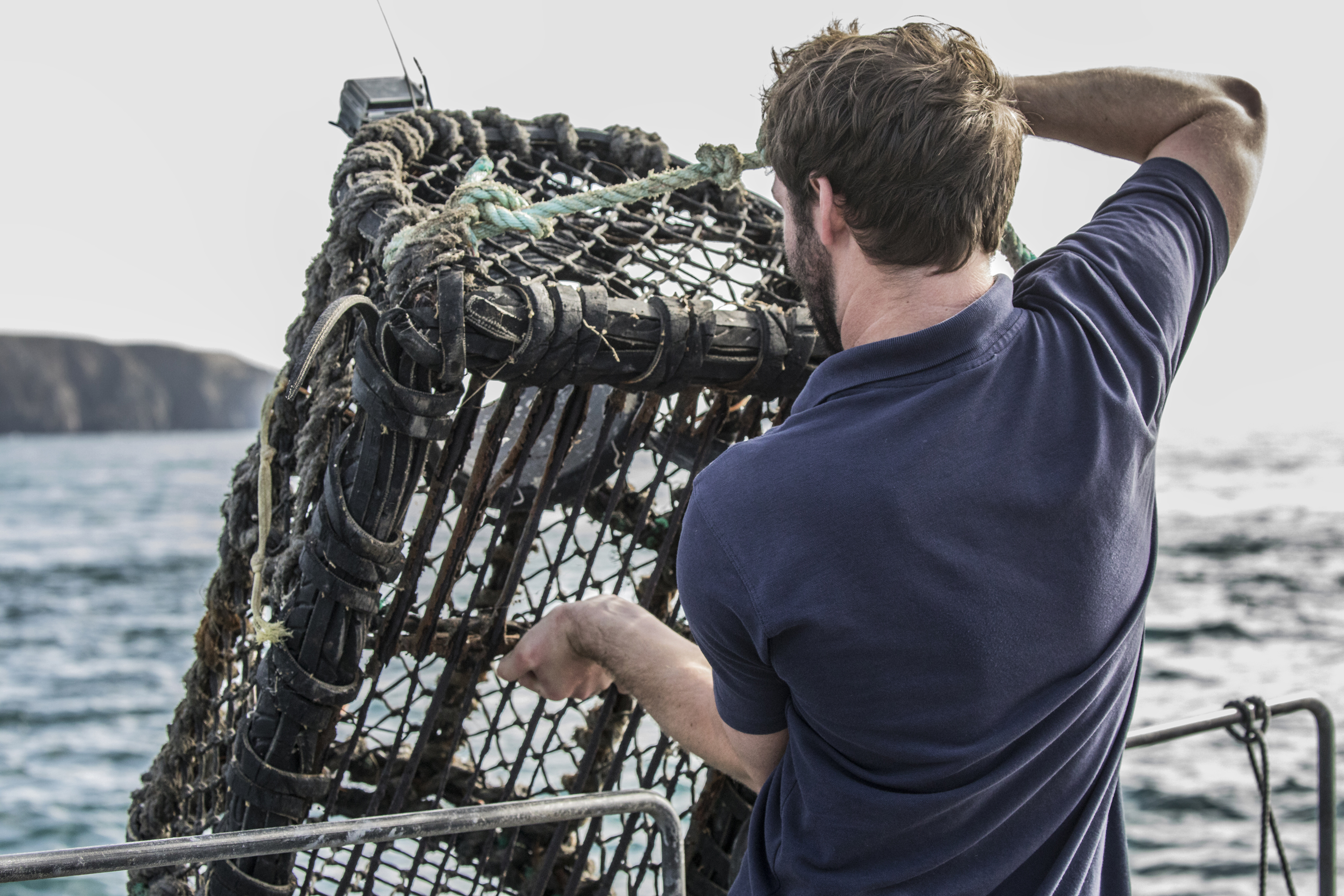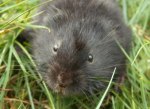Underwater cameras show determined nursehound shark off Alderney's coast
A seabed camera deployed by the Alderney Wildlife Trust to monitor marine life has filmed a nursehound shark trying hard to eat the bait to which the camera was attached.


Seabed cameras off the coast of Alderney, in the Channel Island, have captured footage of a resolute nursehound shark that just wouldn't give up on its meal.
‘We recently started a few deployments for this season and, a week or so ago, we caught a bull huss or nursehound shark on camera,’ says Claire Thorpe, an officer from the Alderney Wildlife Trust, which dropped some Go-Pros on a Ramsar site of international importance off the island's west coast.
The Trust first trialled using underwater cameras last year. The experiment was successful — among others, the cameras showed wrasse, prawns and shark eggs — so the Trust decided to replicate it this summer, starting in July and moving to twice-weekly drops in August.

The initiative has two main aims. The first is to collect useful information on marine life. Staff and volunteers make records of all wildlife that appears on the footage, marking where and when it was spotted in a bid to work out any patterns.
‘It helps us learn a lot more about the species present in our waters and we hope we may be able to get a better idea of things like shark species in the Ramsar site – which the Alderney Wildlife Trust manages on behalf of the States of Alderney – to research and conserve the marine environment,’ Ms Thorpe explains.
But the seabed videos are also a great way for visitors to find out what really goes on under water. ‘Filming fish and other wildlife helps us engage people with the island's wonderful marine life, which they’d never see otherwise,’ notes Ms Thorpe.
‘We show the footage in our visitor centre’s television and to passengers on our boat trips so they can see some of the incredible diversity that we could otherwise only talk about.’
Exquisite houses, the beauty of Nature, and how to get the most from your life, straight to your inbox.
According to the Trust, the cameras are dropped to the sea bed during outbound boat trips to see seabirds and seals, and picked up hours later on the return journey. Because they’re easily portable, they can be dropped in different areas.
Each one is attached to a baited lobster pot and it's precisely the bait — offcuts from the fishmonger's stock — that attracted the shark.
'We had hoped we might see something like the nursehound, as we know they are around, but were very excited to actually manage to capture it on video,' says Ms Thorpe.
'Everything else [we've seen] has been what we would expect but the shark has been the most exciting so far (and the egg cases were a nice bonus, too).'
Blissfully unaware of the cameras, the nursehound doggedly worked to secure its meal, pushing and banging against the lobster pot — and its perseverance eventually paid off. 'It definitely got into the bait,' says Ms Thorpe. 'In the full clip, the video gets really cloudy as it eats some of it.'

100 years of The Wildlife Trusts
A century of caring for and studying wildlife in all its guises is to be celebrated this year
Carla must be the only Italian that finds the English weather more congenial than her native country’s sunshine. An antique herself, she became Country Life’s Arts & Antiques editor in 2023 having previously covered, as a freelance journalist, heritage, conservation, history and property stories, for which she won a couple of awards. Her musical taste has never evolved past Puccini and she spends most of her time immersed in any century before the 20th.
